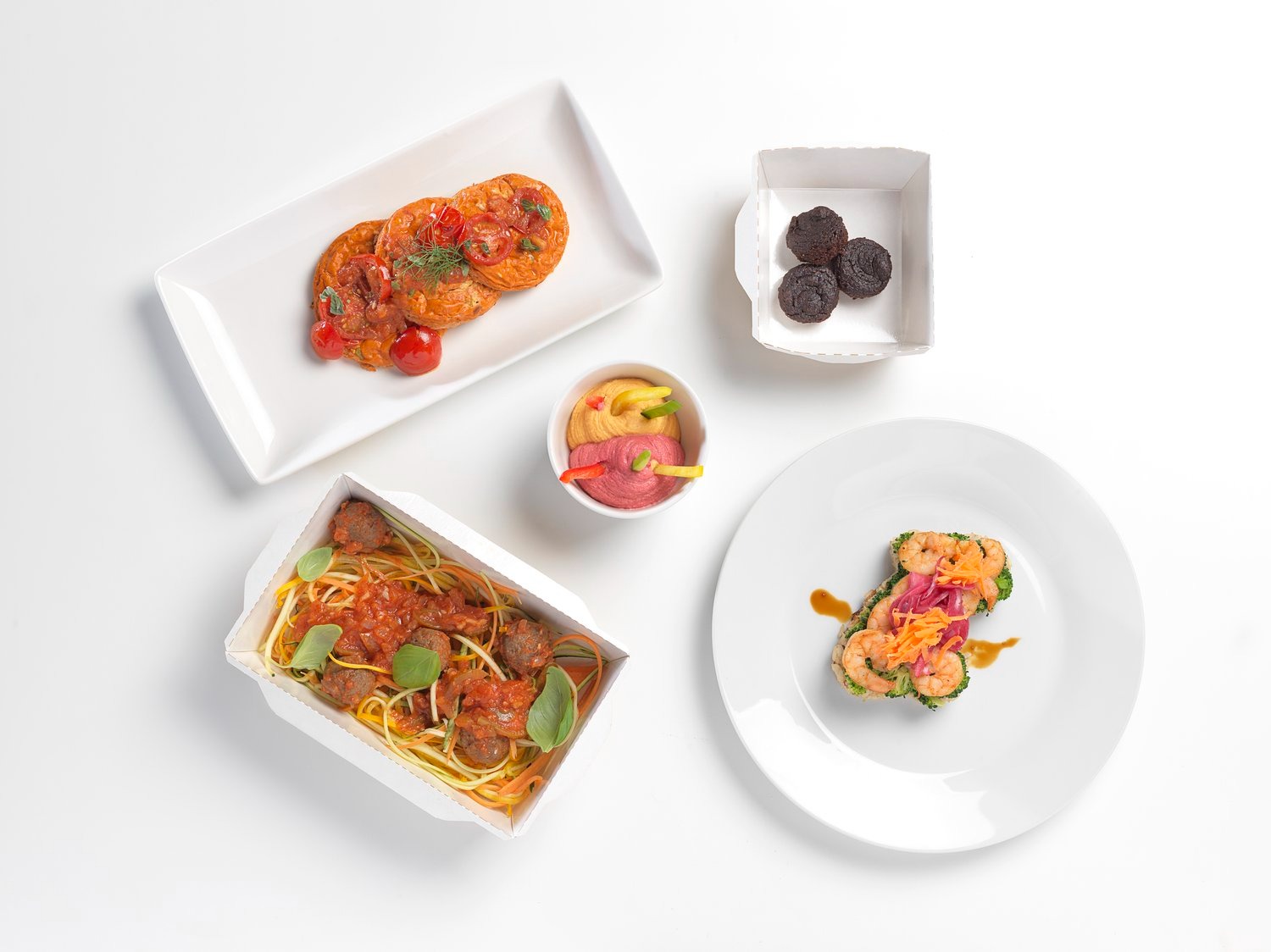Interested In Following A Gluten And Dairy Free Diet? Learn These Things First!

Before you start a gluten and dairy free meal plan, make sure you know what you’re doing and what’s not allowed. Several common misconceptions can cause problems with your diet. Read on to learn more about what foods are naturally gluten and dairy free, which ones you can use to prepare meals, and how to avoid cross-contact.
Common misconceptions about a gluten and dairy-free diet
There are many myths about the health benefits of a gluten and dairy-free diet, but the benefits of eliminating them are not necessarily harmful. Many people have experienced improved health after eliminating gluten from their diet.
Naturally gluten-free foods
Many foods are naturally gluten-free, such as milk, butter, and eggs. However, you should check the labels carefully for ingredients that may contain gluten. For instance, some flavored milk contains gluten, so you should avoid these products. You can also avoid malted milk products, thickeners, and modified food starch. Other naturally gluten-free foods include meats, seafood, and fresh fruits and vegetables. However, you should always check the ingredients on any processed foods.
Avoiding cross-contact
Avoiding cross-contact is an important step when using gluten and dairy-free diet. Cross-contact is when one food comes into contact with another, which may result in foodborne illness. By creating separate areas for different ingredients, you can eliminate the chances of cross-contamination. When dining out, however, it is important to be extra careful.
Avoiding packaged foods
When following a gluten and dairy-free diet, avoiding processed packaged foods is key. You should read the label of any food you buy to ensure that it is gluten-free. Also, be sure to avoid flavored nuts, which often contain dairy in the seasoning blends.
Avoiding food coloring
One way to avoid food coloring when using gluten and dairy-free diet is to choose a whole foods diet. This way, you won’t have to worry about gluten or dairy. However, if you choose to eat a variety of processed foods, be careful to read the labels and look for contamination warnings. Even if the foods are labeled as “gluten-free,” they may still have been produced on the same equipment as other foods that contain gluten and dairy.




